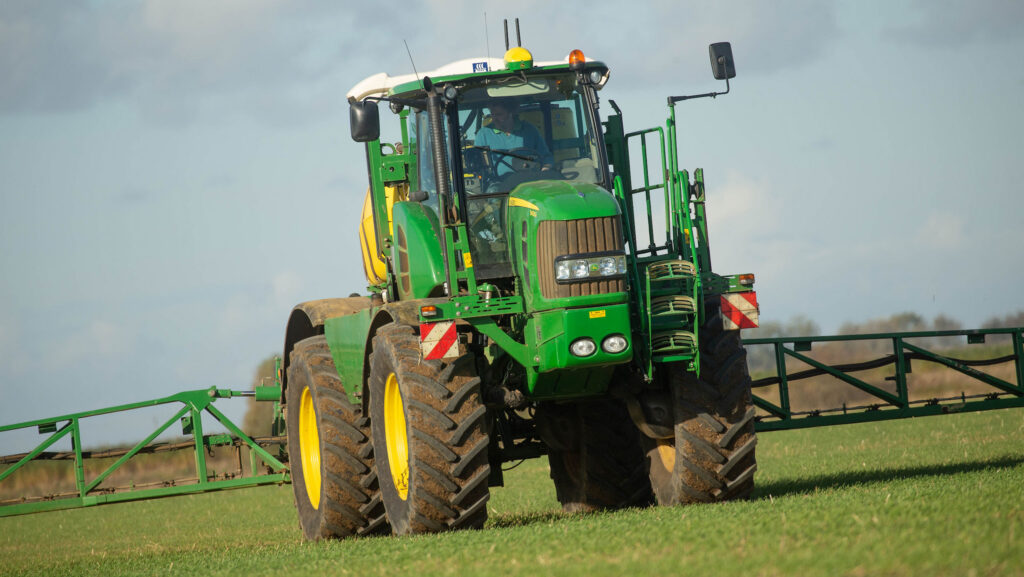Wheat growers urged to consider third weed spray in dry autumn
 © Tim Scrivener
© Tim Scrivener Cereals growers are being advised to take advantage of the good field conditions and consider a third residual herbicide spray in fields with a known grassweed problem.
Hutchinsons technical manager Dick Neale says the sequencing of residual herbicides is becoming more important as farmers are seeing a more protracted emergence of blackgrass.
He points to a recent trial at Hutchinsons’ new blackgrass trials site at South Sea Farm, Cambridgeshire, that showed quite a few blackgrass plants emerge from November to March.
See also: Blackgrass control as later-germinating populations emerge
This season, many farmers will have just gone on with a top-up residual herbicide but Mr Neale believes they should consider a third pass.
“Normally by now, farmers have shut the gate as conditions have turned wet and they can’t travel on fields,” Mr Neale said.
“However, this autumn there is an opportunity to go back to known grassweed areas,” he added.
For crops drilled in early October, a top-up will have gone on in early November, which will last about 30 days (at lethal dose).
So by the end of November, the crop is on its own until spring.
“But you could have 10-15 plants emerge in that time that are not treated. We don’t have an opportunity every year and farmers should take advantage to control later-emerging blackgrass,” Mr Neale said.
Otherwise, if farmers wait until spring to tackle any that have emerged with a post-emergence such as Hatra (iodosulfuron + mesosulfuron), they will only typically get 4-5% control.
However, a residual herbicide in the autumn can offer 15-20% control, which offers better value.
Product wise, Mr Neale said pendimethalin (Anthem or Stomp Aqua) is a good pick for the third spray. It also offers some wild oat control.

